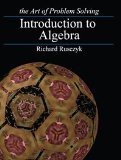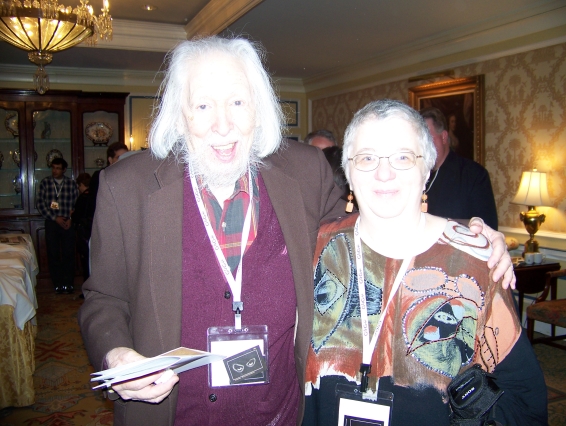I recently discussed the following problem:
You run into an old friend. He has two children, but you do not know their genders. He says, “I have a son born on Tuesday.” What is the probability that his second child is also a son?
I had heard this problem at the Gathering for Gardner 9 in a private conversation. My adversary had been convinced that the answer to the problem is 13/27. I came back to Boston from the gathering and wrote my aforementioned essay in which I disagreed with his conclusion.
I will tell you my little secret: when I started writing I substituted Wednesday for Tuesday. Then I checked my sons’ birthdays and they were born on Saturday and Tuesday. So I changed my essay back to Tuesday.
After I published it people sent me several links to other articles discussing the same problem, such as those of Keith Devlin and Alex Bellos, both of whom think the answer is 13/27. So I invented a fictional opponent — Jack, and here is my imaginary conversation with him.
Jack: The probability that a father with two sons has a son born on Tuesday is 13/49. The probability that a father with a son and a daughter has a son born on Tuesday is 1/7. A dad with a son and a daughter is encountered twice as often as a dad with just two sons. Hence, we compare 13/49 with 14/49, and the probability of the father having a second son is 13/27.
Me: What if the problem is about Wednesday?
Jack: It doesn’t matter. The particular day in question was random. The answer should be the same: 13/27.
Me: Suppose the father says, “I have a son born on *day.” He mumbles the day, so you do not hear it exactly.
Jack: Well, as the answer is the same for any day, it shouldn’t matter. The probability that his second child will also be a son is still 13/27.
Me: Suppose he says, “I have a son born …”. So he might have continued and mentioned the day, he might not have. What is the probability?
Jack: We already decided that it doesn’t depend on the day, so it shouldn’t matter. The probability is still 13/27.
Me: Suppose he says, “I have a son and I do not remember when he was born.” Isn’t that the same as just saying, “I have a son.” And by your arguments the probability that his second child is also a son is 13/27.
Jack: Hmm.
Me: Do you remember your calculation? If we denote the number of days in a week as d, then the probability of him having a second son is (2d−1)/(4d−1). My point is that this probability depends on the number of days of the week. So, if tomorrow we change a week length to another number his probability of having a son changes. Right?
At this point my imaginary conversation stops and I do not know whether I have convinced Jack or not.
Now let me give you another probability problem, where the answer is 13/27:
You pick a random father of two children and ask him, “Yes or no, do you have a son born on Tuesday?” Let’s make a leap and assume that all fathers know the day of the births of their children and that they answer truthfully. If the answer is yes, what is the probability of the father having two sons?
Jack’s argument works perfectly in this case.
My homework for the readers is: Explain the difference between these two problems. Why is the second problem well-defined, while the first one is not?
Share:





 I am usually disappointed with American math text books. I have had an underwhelming experience with them. Often I open a book and in the next 15 minutes, I find a mistake, a typo, a misguided explanation, sloppiness, a misconception or some other annoyance.
I am usually disappointed with American math text books. I have had an underwhelming experience with them. Often I open a book and in the next 15 minutes, I find a mistake, a typo, a misguided explanation, sloppiness, a misconception or some other annoyance.